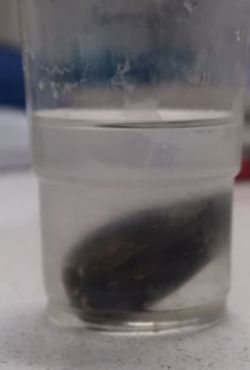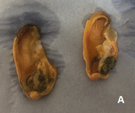The tender covers the use of the BMRS facilities to run any land-based tank trials. It also covers the use of the algal hatchery facilities. It requires BMRS to develop and carry out trials using our own initiative.
Impact of ocean acidification on bivalve ontogeny trial
Aim of the research project
The aim of this research project is to assess the impact of climate change related factors such as pH, salinity and temperature on development phenology and growth of bivalve species relevant to Irish culture. Larval rearing will be undertaken in incubators with environmental variables adjusted to the predicted levels (IPCC 2014 Synthesis Report) and controls that replicate optimum conditions. Larval development will be assessed weekly and environmental parameters kept constant and recorded daily.
Update May 2020
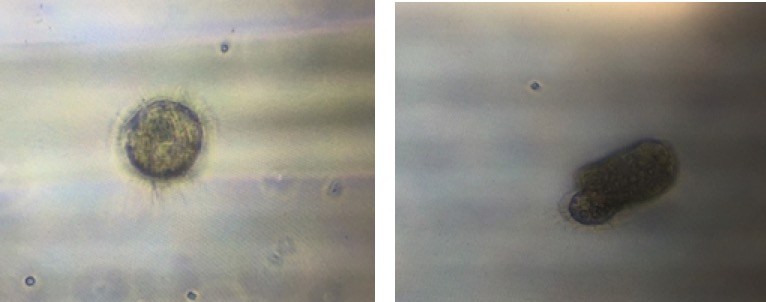 Normal trocophore before treatment inoculation on the left vs distorted trocophore spotted in low pH treatment on the right.
Normal trocophore before treatment inoculation on the left vs distorted trocophore spotted in low pH treatment on the right.
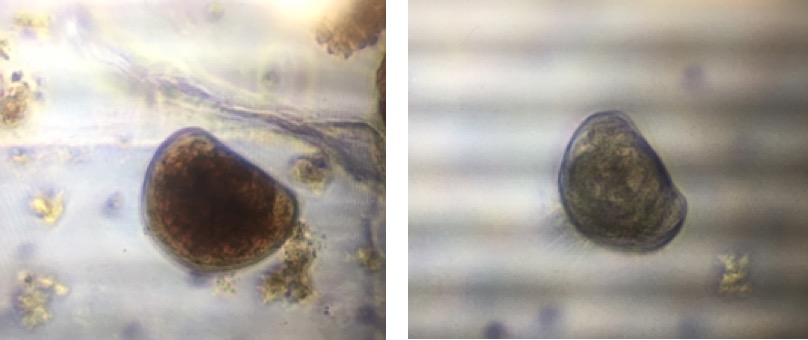 Normal D- larvae in control treatment on the left vs D- larvae with protruding mantle spotted in medium pH treatment on the right both after 5 days in their respective treatments.
Normal D- larvae in control treatment on the left vs D- larvae with protruding mantle spotted in medium pH treatment on the right both after 5 days in their respective treatments.
Update April 2020
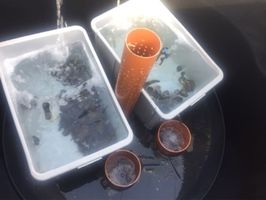 Larvae trap with 30µm mesh sieves
Larvae trap with 30µm mesh sieves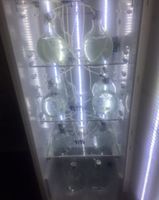 Incubators with larval treatments
Incubators with larval treatments
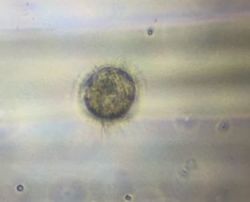 Normal trocophore before treatment inoculation
Normal trocophore before treatment inoculation 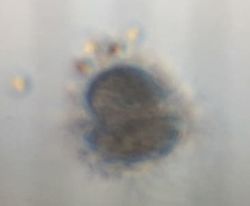 Distorted trocophore spotted in low pH treatment
Distorted trocophore spotted in low pH treatment 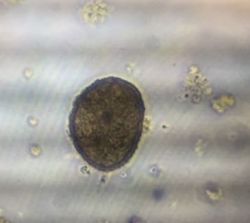 D-larvae sampled in the second week of treatment in high pH and medium salinity treatment
D-larvae sampled in the second week of treatment in high pH and medium salinity treatment
Update March 2020
Ripeness assessment and tracking of adult mussels’ developmental stage.
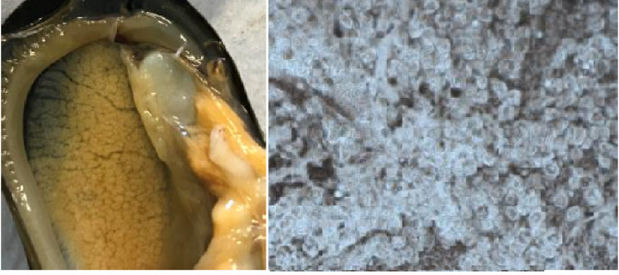 Female mussel in redeveloping phase open on the left and oocytes loosely arranged in follicles on the right.
Female mussel in redeveloping phase open on the left and oocytes loosely arranged in follicles on the right.
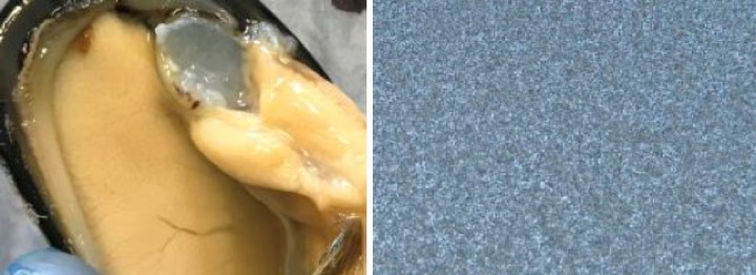 Male mussel in ripe phase open in the left and sperm actively moving on the right.
Male mussel in ripe phase open in the left and sperm actively moving on the right.
Update February 2020
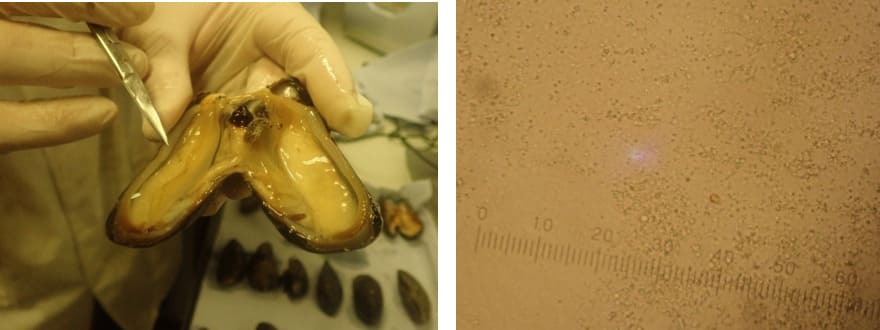 Opened ripe male mussel with mantle obscured by follicles on the left and microscope gonad squash preparation full of active sperm on the right
Opened ripe male mussel with mantle obscured by follicles on the left and microscope gonad squash preparation full of active sperm on the right
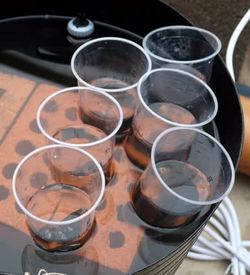 Thermal shock during a spawning trial
Thermal shock during a spawning trial
Update January 2020
Mussel developmental conditioning to assess Mytilus edulis gonad ripeness. Developing/redeveloping individual with the internal organs exposed on the photograph on the left (A) and relatively thick mantle with opaque follicles exposed on the right (B).










